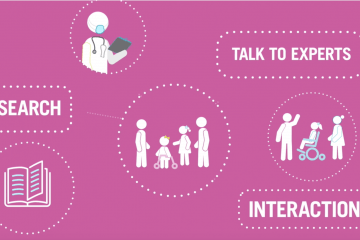Hip Development & Treatment Options
In general, children with cerebral palsy will have stiffness around the hips and they tend to develop atypical hip positioning as a result of their spasticity. They will develop hip flexion contractures, abduction contractures, and they will have difficulty with seating as well as bathing and hygiene.
Inside the hip, the bones are changing. Over time, individuals will develop subluxation and dislocation of the hips. Subluxation is where the femoral head slowly comes out of joint partially. Dislocation is where it is out completely. Once that happens, children develop significant stiffness and pain.
Orthopedic surgeons have a wide range of options that they can provide children with cerebral palsy. Starting at the very mild end of the spectrum, orthopedic surgeons can offer patients soft tissue operations to release or lengthen tendons around the hip joint to make the move more smoothly. Children that have more involvement have developed bony changes. Surgeons can actually cut the bone, reshape them, reposition the femoral head within the acetabulum, within the socket, and recreate a more normal hip joint.
While one might not expect that a child in a wheelchair should have to worry about their hips or that caregivers should have to worry about their hips, in fact it's the opposite. Individuals that are in a wheelchair that don't have the ability to walk, have greater involvement with their cerebral palsy. As a result, they tend to have more severe hip problems. It is important to pay attention to the hip health in children with cerebral palsy so that interventions are able to happen earlier which is important to maintain function.
"It is important to pay attention to the hip health in children with cerebral palsy so that interventions are able to happen earlier which is important to maintain function."





